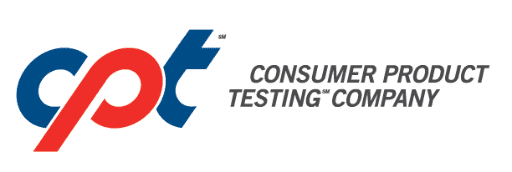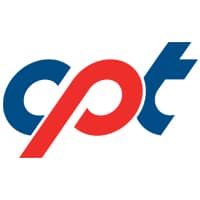Clinical testing is a key component of pre-market product testing to evaluate product safety and efficacy. Typical clinical testing involves panelist recruitment, education of product use, and product performance evaluation via panelist response. However, if a manufacturer wishes to substantiate specific product claims, evaluate quantitative safety data specific to the product, or assess an innovative product type, special clinical studies are required.
What is Involved in Clinical Special Studies Before and During Product Testing?
Specialized clinical studies feature individualized and sophisticated bioanalytical methods designed to validate particular product claims. While clinical special studies require additional time to develop and conduct, their specialized nature can critically influence product development and product marketing approaches.
Unlike regular clinical studies, clinical special studies require five critical factors for both scientific acceptance and evaluative efficiency.
- Professional, medical board-certified consultants (e.g., ophthalmologists, dermatologists, etc.) are directly involved in the special studies process. Consultant involvement can include participating in study protocol development, conducting the study itself, and evaluation of the scientific data.
- Panelist participants in clinical special clinical studies must undergo additional screening to meet criteria for specific product claim substantiation. More specific inclusion/exclusion criteria ensure that appropriate members from the target demographics are used in the study. For instance, a special clinical study for an anti-antiaging product would screen for panelists with a defined degree of visible skin aging and/or damage.
- Clinical special studies should undergo an Institutional Review Board (IRB) review prior to starting if the results of the study are to be published in a scientific journal or submitted to a regulatory agency. IRB review ensures that appropriate pre-clinical testing has taken place to ensure that the product under study is safe for panelist use.
- Clinical special studies take longer to complete than common clinical product testing. Because many special studies aim to determine products’ effects over time, with repeated use, or as part of a regimen, clinical special studies typically require 4 to 12 weeks to complete the testing phase.
- Clinical special studies generate more data and more complex data than typical clinical studies. Experienced data professionals and statisticians are included during the study design and protocol development, so the important data is collected for statistical analysis.
What Are Some Examples of Clinical Special Studies Used for Product Testing?
Clinical special studies often aim to provide data to support claims such as “Moisturizes for up to 3 Days,” “Safe for Sensitive Skin,” or “(Percentage) of Users Saw Increased Skin Elasticity.” A variety of well-accepted clinical special studies are available to support precise claims depending on the product type, as outlined below.
Product Safety – Dermatological Studies
- Human Repeat Insult Patch Test (HRIPT). The HRIPT detects the likelihood of skin sensitization over time by repeatedly exposing panelists’ skin to patches containing the formulation under study.
- 48-Hour Patch Test. The 48-Hour Patch Test evaluates acute skin irritation in subjects exposed to patches containing the formulation under study over a 48-hour period.
- Cumulative Irritation. Cumulative Irritation studies measure the skin irritation following repeated exposure of panelists’ skin to patches containing the formulation under study.
- Facial Sting. Facial sting evaluations in individuals with sensitive skin are recommended when “Safe for Sensitive Claims” are required.
Efficacy Claims – Dermatological Studies
- Anti-Aging Assessments. Anti-Aging Assessments use specialized facial imaging equipment to evaluate changes in skin topography. Such assessments include documentation of skin firmness, elasticity, moisture retention, fine lines and wrinkles, scars, discolorations, and other UV-induced damage.
Efficacy Claims – Hair Care Studies
- Trichological (Hair Count) Analysis. Dermascope and videoscope equipment can be employed to identify changes in hair growth patterns after product exposure.
- Hair Shedding Assessments. Gravimetric “Pull” Analysis and the Regimented Combing Technique assess excess hair shedding patterns.
- “Hair Pluck” Test. The “Hair Pluck” Test takes hair samples “plucked” from the scalp to measure changes in cycling from active growth, to follicular regression, and resting periods.
- Phototrichogram. Phototrichogram studies examine changes in the physical characteristics of hair (e.g., fractures, coiling, etc.), hair shaft structure (i.e., thickness (µm), length (mm), density (hairs per cm2), and linear growth rate (mm/day)) following product exposure.
- Tensile Strength. Here, specialized equipment used to measure the hair’s resistance to breakage.
Summary
Consumer trust and repurchase rates rest heavily on demonstrated product safety and efficacy. Medical expert oversight in product development and product quality and integrity further encourage consumer trust by supporting approval and safety claims. As such, clinical special studies performed by experienced experts, like the medical consultants at CPT Labs, provide a scientifically sound, reliable record of product safety and efficacy.

